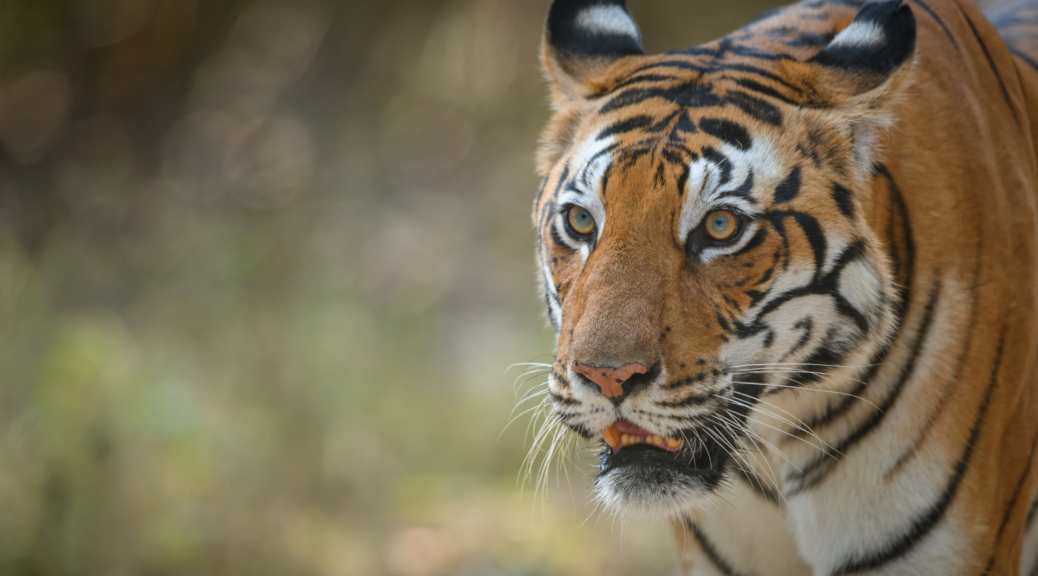The power of big cats captivates us. Tiger prowling the jungle, Lion stalking the savanna, and Jaguar slinking through the rainforest—these hunters have stirred the human imagination for millennia. In southern France, paintings of cave lions, a species long extinct, date back to around 35,000 years ago.
The big cats alive today are more than just stunning creatures. These apex predators reign at the top of the food chain, playing a critical role in maintaining the balance of our planet’s ecosystems.
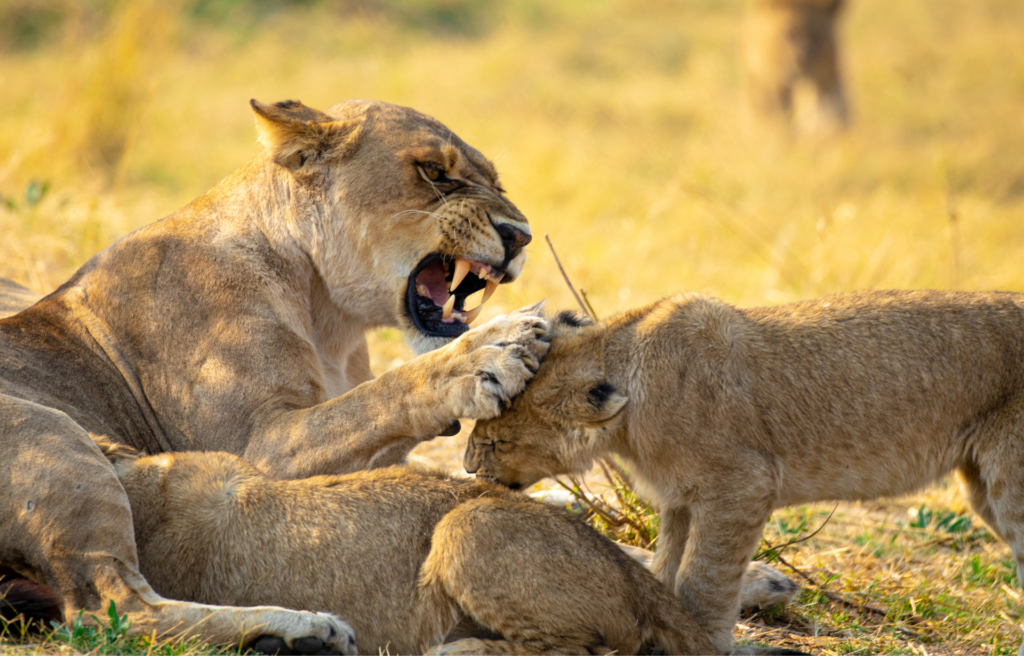
Lioness and cubs by Peg Abbott
Maintaining Balance
Big cats ensure healthy ecosystems. These hunters prevent any one species from becoming overly abundant. Unchecked prey populations can explode in numbers, leading to overgrazing that strips away vegetation and destroys habitats. This destruction of habitats results in a decline in plant and animal diversity. In Africa, for example, Lion and Leopard help control populations of herbivores like Antelope and Zebra, maintaining a healthy ecosystem.
By saving big cats, we not only protect nature’s balance. We also safeguard biodiversity, mitigate climate change, protect water sources, and support local communities.

Leopard by Peg Abbott
Safeguarding Biodiversity
Big cat habitats are treasure troves of biodiversity. Conserving these areas promotes the survival of many species beyond the charismatic carnivores that capture public attention. For instance, the Sundarbans mangrove forest, home to the Bengal Tiger, is a biodiversity hotspot. This Tiger habitat supports a wide range of organisms, from plants like the Sundari tree to fish like the mudskipper to birds like the White-bellied Sea Eagle and the Mangrove Whistler. Protecting an apex predator like the Tiger helps shield species-rich ecosystems from deforestation and other threats.
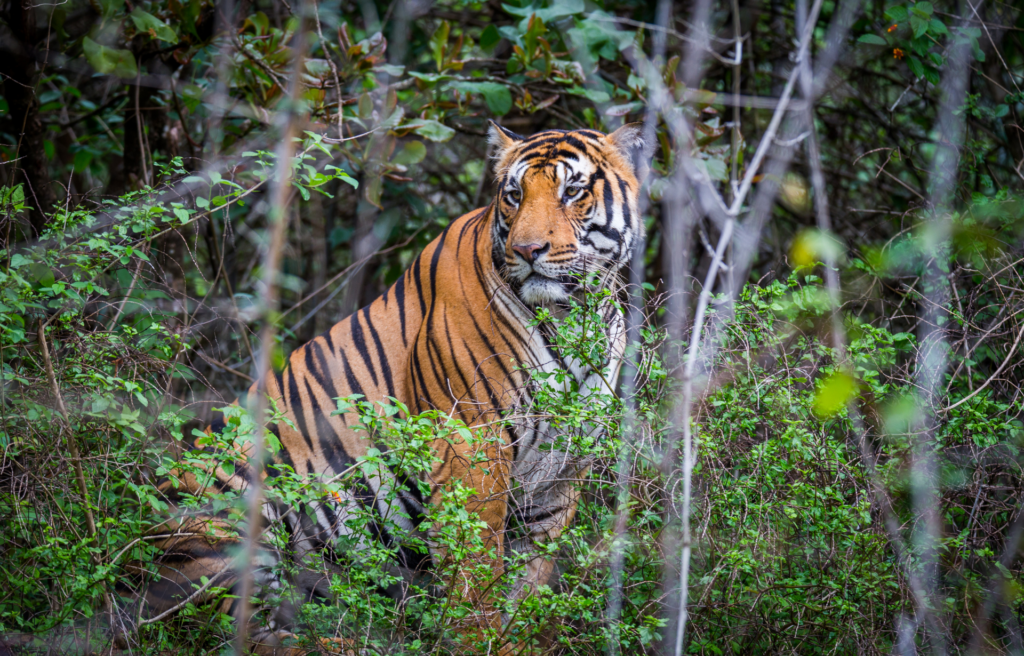
Bengal Tiger
Mitigating Climate Change
From the mangrove swamps of Asia to the Amazon Rainforest of South America, the wilderness areas where big cats live sequester massive amounts of carbon. By maintaining the large tracts of habitat that big cats need to survive, we ensure that these carbon sinks of global importance continue to perform their vital function of helping regulate the Earth’s climate.
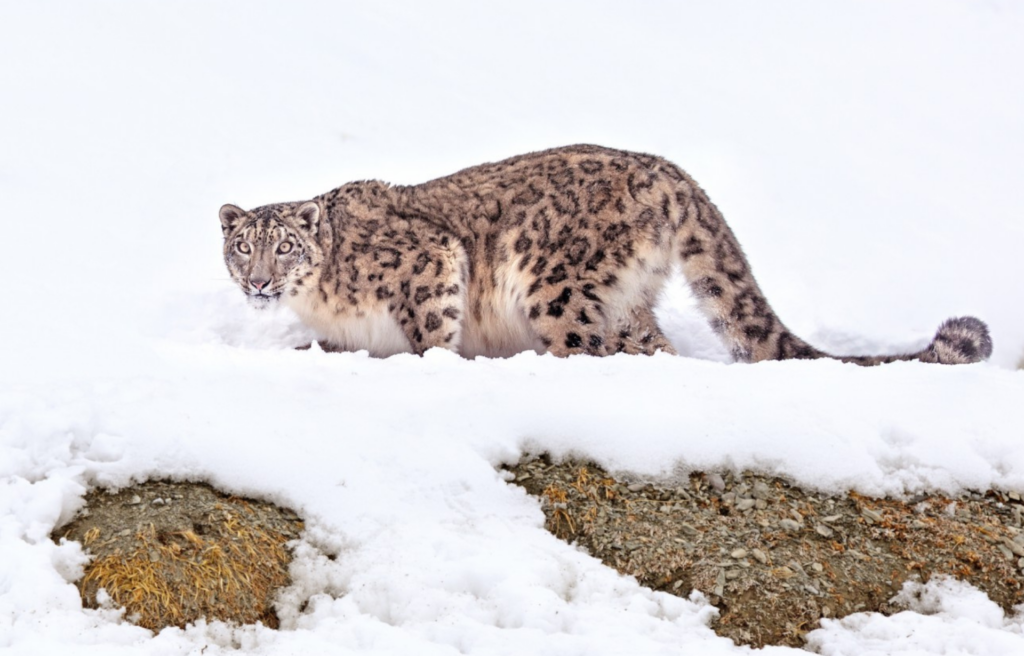
Snow Leopard
Protecting Water Sources
The home ranges of big cats encompass critical watersheds. For example, the Snow Leopard roams the glacier-clad mountains of Asia, which serve as reservoirs due to the vast amount of freshwater they store and release. Protecting Snow Leopards and the habitats of these elusive cats conserves water sources for millions of people downstream. Similarly, the forests inhabited by Jaguar in the Amazon basin play a crucial role in the global water cycle, affecting weather patterns and water availability far beyond the Jaguar’s home.
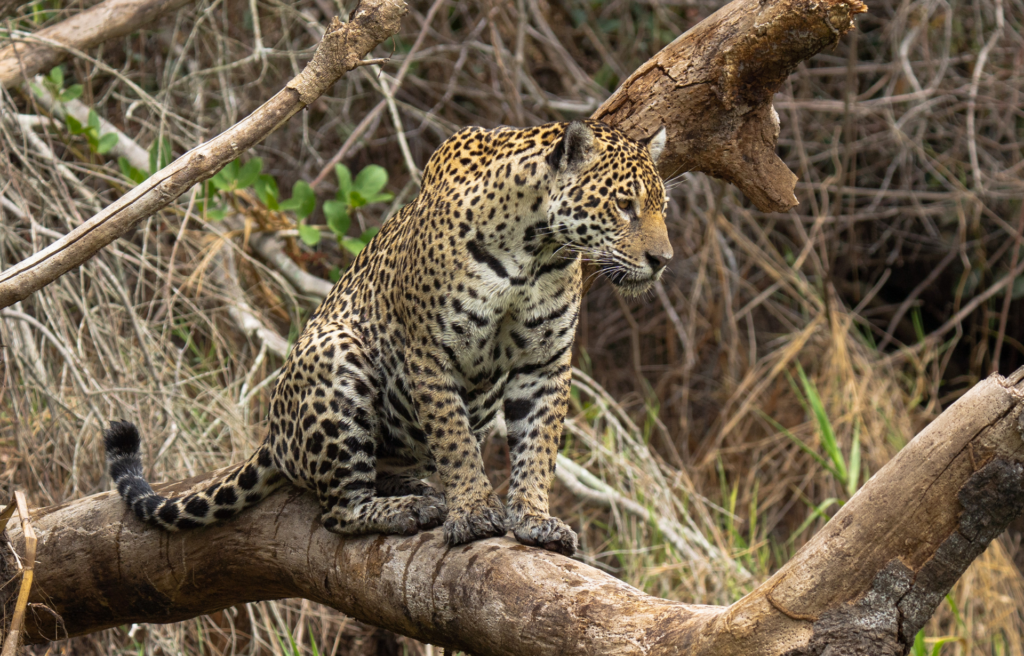
Jaguar by Wes Larson
The Role of Ecotourism
Responsible tourism that prioritizes conservation creates an opportunity to both witness magnificent animals in their natural habitat and support their preservation. Ecotourism goes beyond sightseeing; it provides crucial funding for programs that benefit big cats and their ecosystems.
Your ecotourism experience contributes to important initiatives:
- Anti-poaching patrols: Trained rangers working to stop illegal hunting and protect big cats.
- Habitat restoration: Efforts to restore and conserve habitats where big cats live, ensuring these animals have healthy environments so they can thrive.
- Community education: Helping communities understand the importance of big cat conservation and empowering local people to become stewards of their environment.
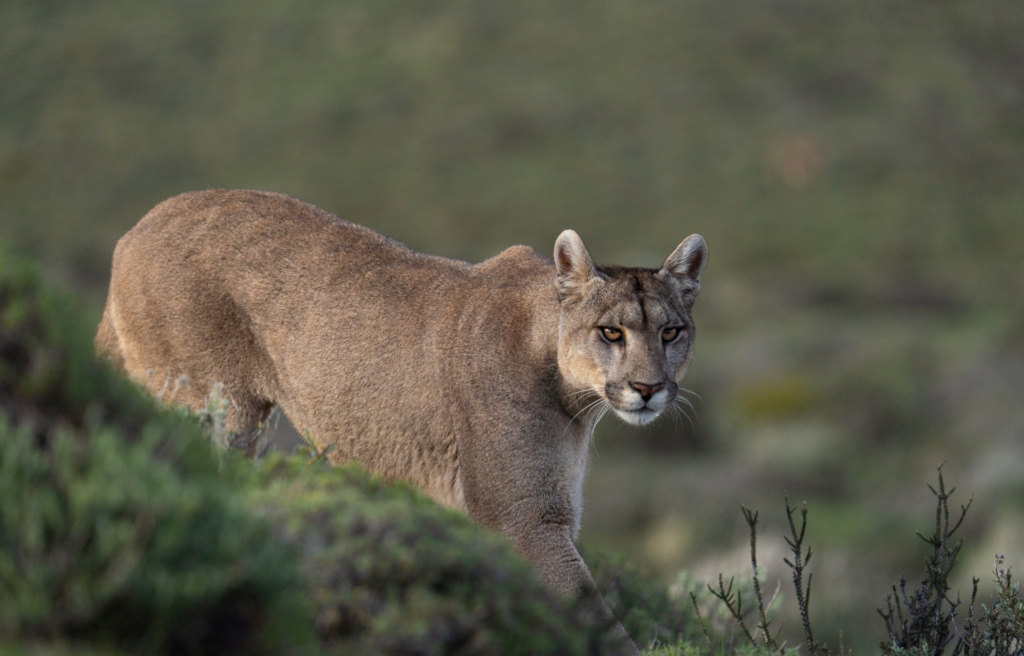
Puma by Wes Larson
Community Benefits
Sustainable tourism offers a win-win solution for both local communities and big cat conservation. By creating economic opportunities through responsible travel, these programs motivate local communities to protect wildlife. This approach reduces human-wildlife conflict and strengthens the commitment to safeguarding endangered species.
In India, community-based tourism projects near Tiger reserves have demonstrated the positive impact of this approach. These projects create jobs, fund infrastructure development in local villages, and raise awareness among residents about the importance of tiger conservation. This empowers communities and fosters a sense of shared responsibility for protecting these iconic animals.

Cheetah
Educational Impact
Ecotourism raises awareness about the plight of big cats and educates people about the importance of conserving their habitats. Travelers gain a deeper understanding of these extraordinary creatures and often become champions for their protection. Informed global citizens form a network that supports large-scale conservation efforts. This collective action is crucial to prevent our planet’s big cats from facing extinction like the cave lion.
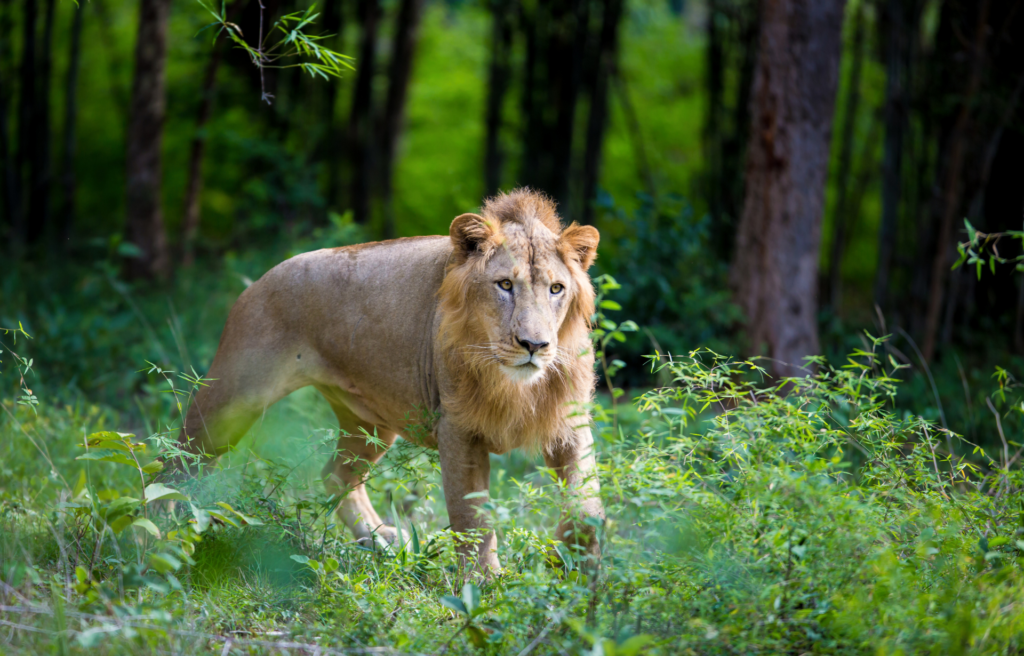
Asiatic Lion
The Value of Big Cats
Big cats are not just majestic symbols; they are essential to the health of ecosystems. Helping them survive supports the balance of nature, protects biodiversity, and safeguards critical carbon sinks and water sources. By participating in responsible ecotourism that benefits local communities, you contribute to maintaining a healthy planet prowled by awe-inspiring animals.
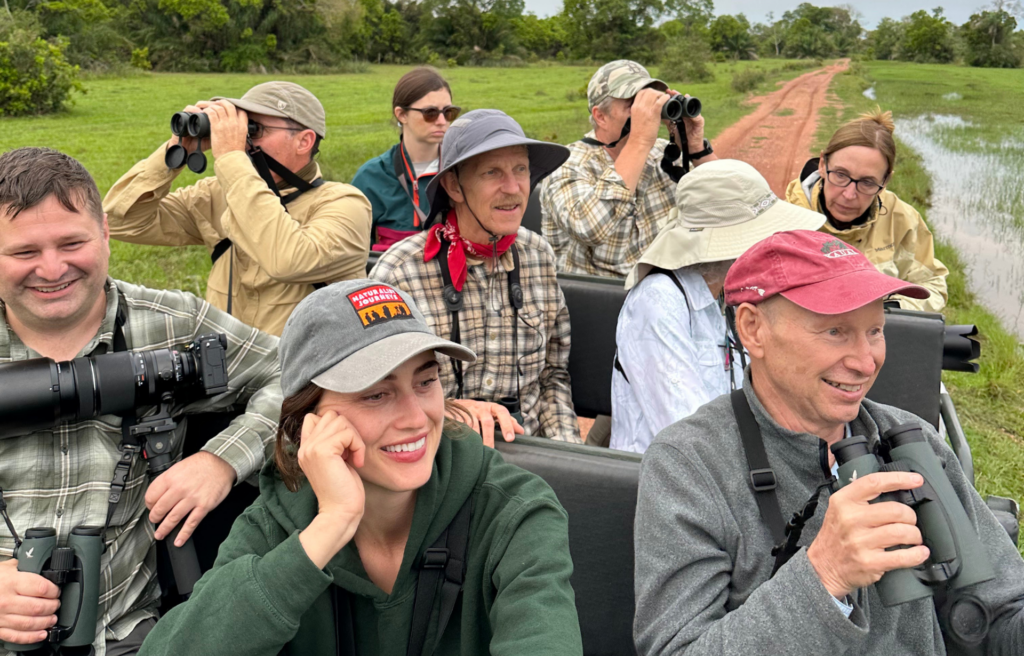
Group Photo by Jessie Hallstrom
Go on a Journey
Imagine witnessing a pride of lion stalking wildebeest in the golden light of the savanna, knowing your journey contributes to anti-poaching patrols.
Imagine following the tracks of a Snow leopard across a Himalayan pass, knowing your journey helps provide jobs for people in local villages.
Imagine watching a jaguar materialize among the shadows of an Amazon jungle, knowing your journey helps protect this vital rainforest, the lungs of our planet.

